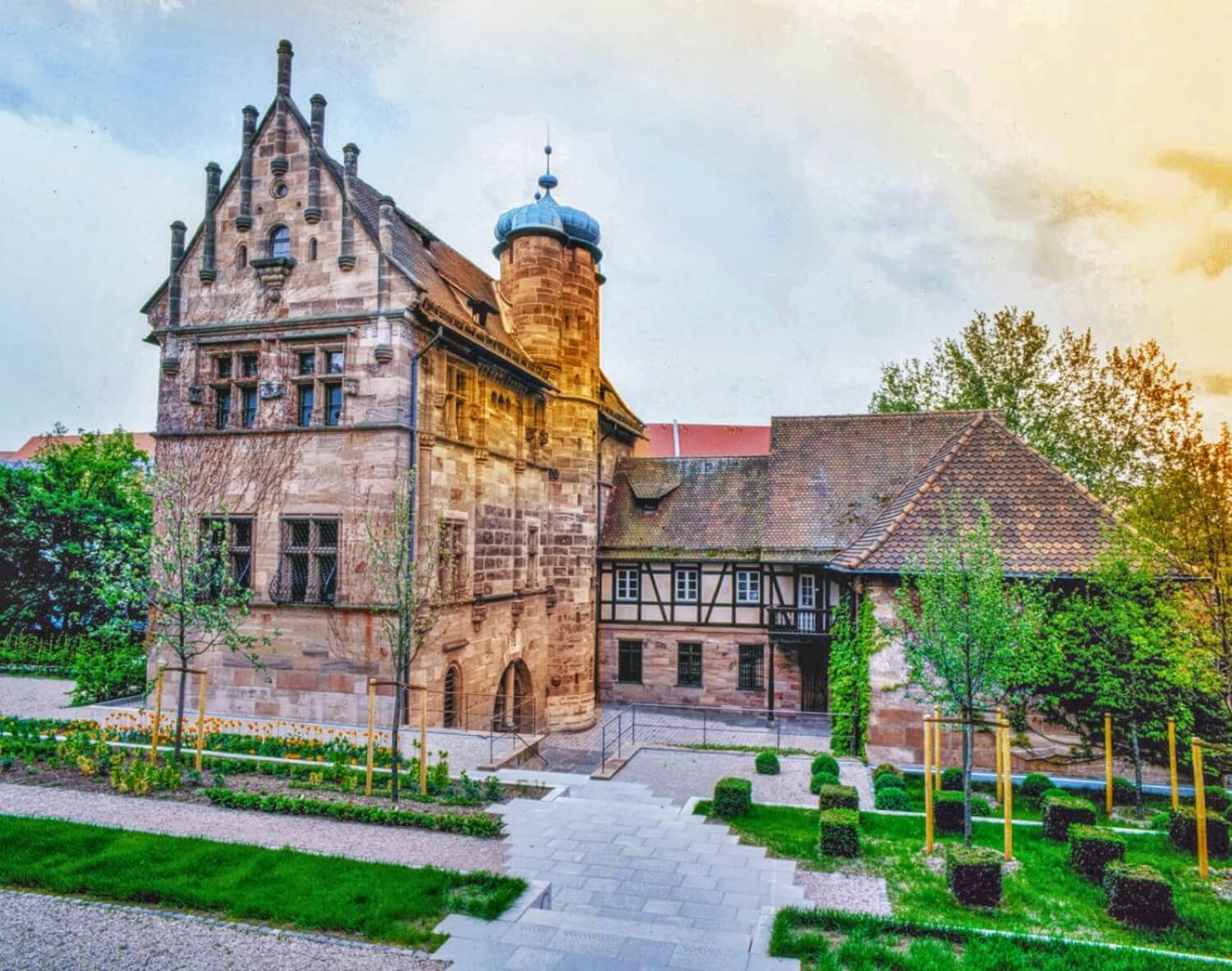Tucherschloss
Mittelfranken Bayern Germany
castle, chateau
Tucherschloss
Mittelfranken Bayern Germany
castle, chateau
The palace was built from 1533 to 1544 as a garden palace for the Tucher family, one of the important patrician families in Nuremberg
Das Tucherschloss ist ein Museum in der Hirschelgasse 9/11 im Stadtteil St
Previous names
Tucherschloss, Tucherschloss
Description
The palace was built from 1533 to 1544 as a garden palace for the Tucher family, one of the important patrician families in Nuremberg. Its peculiar exterior with the oriental-style turrets and the small oriel resting on an elephant-shaped base probably goes back to ideas of the merchant Lorenz Tucher, who had travelled to many places in the world. A number of valuable artworks and beautifully crafted pieces - loans from the Tucher family - can be seen inside: paintings by Michael Wolgemut, Hans Schäufelein, Nicolaus Neufchâtel and his pupils, Renaissance and Baroque furniture from various countries, including one of the rare cupboards by Peter Flötner, verre eglomisé from the workshop of Augustin Hirschvogel as well as the famous magnificent eight-piece crockery set commissioned by Linhard Tucher from Wenzel Jamnitzer, including glasses and tapestries. One section documents the history of the Nuremberg patricians. The Tucher Palace and the reconstructed Hirsvogel Hall with works by Peter Flötner and Georg Pencz, as well as the two linking gardens form a unique “Renaissance Island” in Nuremberg. History is brought to life in the theatre performance “Feine Gesellschaft” (Fine Society), which takes place during the winter months from October to May in the rooms of the Tucher Palace and the Hirsvogel Hall. The municipal theatre performs “Bettler und Patrizier” (Beggars and Patricians) along a tour through the town from the Tucher Palace to the Albrecht-Dürer-House during the summer months (June to September, subject to changes).
https://www.museen-in-bayern.de
Das Tucherschloss ist ein Museum in der Hirschelgasse 9/11 im Stadtteil St. Sebald der Nürnberger Altstadt. Das Tucherschloss wurde als Stadtschloss der Nürnberger Patrizierfamilie Tucher errichtet.
Geschichte
Das Schloss wurde unter Lorenz (II.) Tucher zwischen 1533 und 1544 erbaut. Wahrscheinlich geht der Bauplan auf Paulus Beheim zurück, der ihn in Anlehnung an französische Renaissanceschlösser entworfen hatte. Das Gebäude ist ein dreigeschossiger Bau aus Sandsteinquadern mit zur Gasse geschlossener Front. Im ersten Geschoss befindet sich zur Gasse hin ein kleiner Chor mit einer Sandsteinbrüstung, an der ein Relief des Sündenfalls angebracht ist. Der Eingang von der Hofseite weist zwei Bögen mit einer toskanischen Säule in der Mitte auf. Im Erdgeschoss befindet sich eine Halle mit einem spätgotischen Netzrippengewölbe.
Im Zweiten Weltkrieg wurde die Anlage 1945 stark zerstört. Vom Hauptbau blieben lediglich die westliche Hoffassade bis zum zweiten Obergeschoss mit großen Teilen des Treppenturms, die Straßenfassade mit dem Sandsteinchörlein sowie die Erdgeschossgewölbe weitgehend erhalten. Dagegen waren die Nebengebäude fast völlig zerstört. Der Wiederaufbau erfolgte 1967–69, dabei wurden die Nebengebäude in etwas veränderter Form wiedererrichtet.
Museum Tucherschloss mit Hirsvogelsaal
Das Tucherschloss ist heute ein Museum. Das Gebäude wurde nach dem Wiederaufbau durch die Familie an die Stadt Nürnberg übertragen. Die Sammlungen befinden sich bis heute im Besitz der Familienstiftung oder einzelner Familienzweige. Das Museum wird zu gleichen Teilen vom Freistaat Bayern und der Stadt Nürnberg betreut. Gezeigt werden Exponate zur Geschichte der Familie Tucher, darunter zahlreiche Porträts, Möbel und Einrichtungsgegenstände aus Nürnbergs Goldener Zeit um 1500, ferner barocke Interieurs und ein Raum, der dem 19. Jahrhundert gewidmet ist.
Neben wertvollen Möbeln und Tapisserien aus der Renaissancezeit zeigt das Museum das berühmte, eigens in Limoges emaillierte Tuchersche Gießgeschirr und einen silbernen Doppelpokal von Wenzel Jamnitzer sowie ein Porträt von Hans VI. Tucher, gemalt von Albrecht Dürers Lehrmeister Michael Wolgemut.
In den Nebengebäuden ist der Verwaltungssitz der Museen der Stadt Nürnberg untergebracht.
Hirsvogelsaal
Im Garten des Tucherschlosses wurde der im Zweiten Weltkrieg zerstörte Hirsvogelsaal bis zum Jahr 2000 neu errichtet. Die Innenausstattung wurde von Peter Flötner mit seinen für Nürnberg damals ungewöhnlichen Renaissanceelementen italienischer Herkunft gestaltet. Das großflächige Deckengemälde mit dem "Sturz des Phaeton" wurde von Dürer-Schüler Georg Pencz auf 20 Leinwände gemalt.
Useful information
Gratis
6.00 EUR
Ermäßigte: 1.50 EUR
ab 15 Personen: 5.00 EUR
Familie: 12.50 EUR
- WC
- Garderobe
- Es beherbergt ein Museum
- Dienstag, Mittwoch, Freitag, Samstag geschlossen
- Für Rollstühle nicht zugänglich
- Hunde sind nicht erlaubt
- Räume zu vermieten
-
External links
Nearby castles
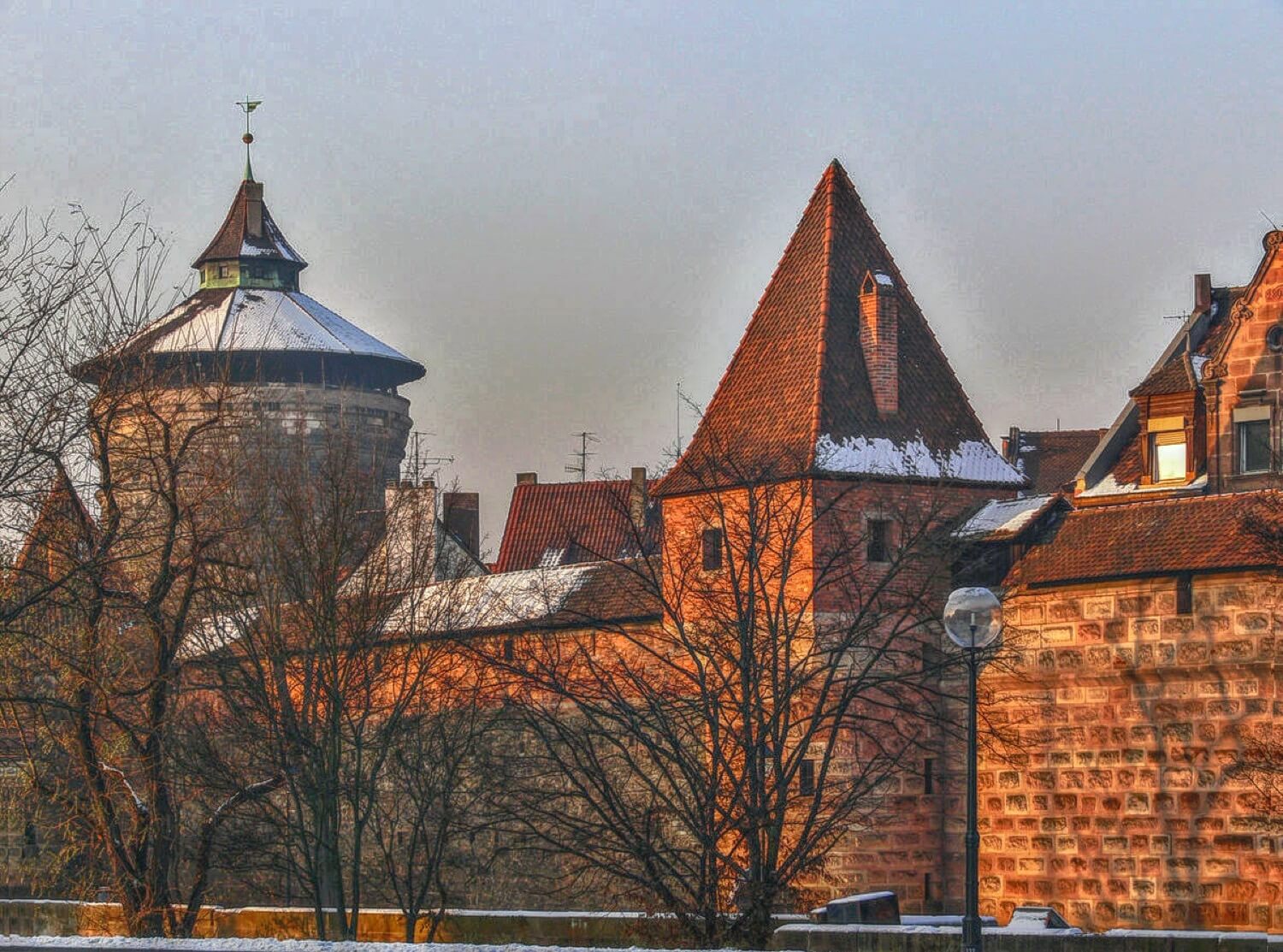
City walls of Nuremberg
Mittelfranken
0.3km
castle, chateau
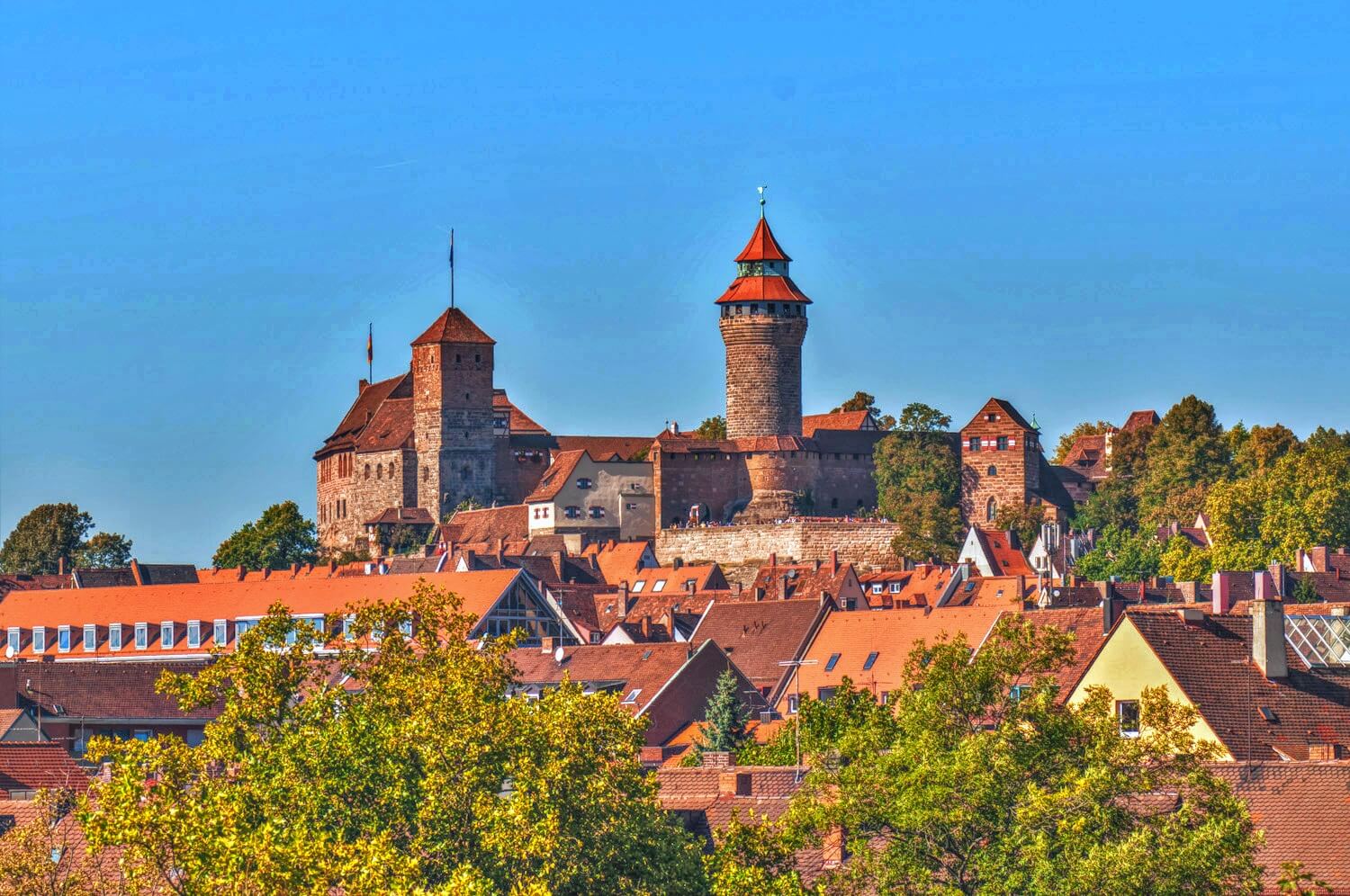
Nuremberg Castle
Mittelfranken
0.6km
castle, chateau

Nurnberger Burg
Mittelfranken
0.6km
castle, chateau

Faberschloss
Mittelfranken
6.4km
castle, chateau
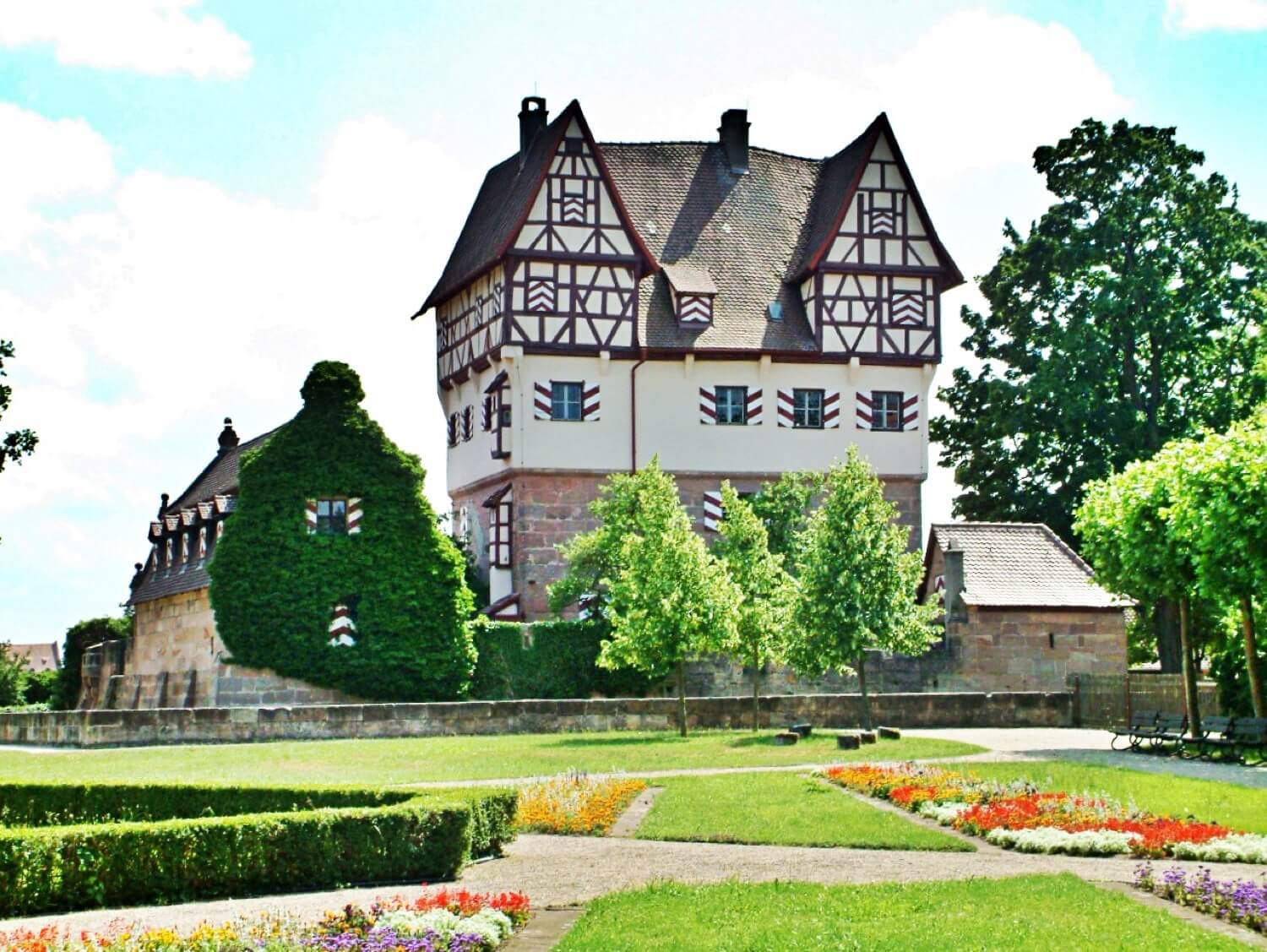
Schloss Neunhof
Mittelfranken
7.2km
castle, chateau
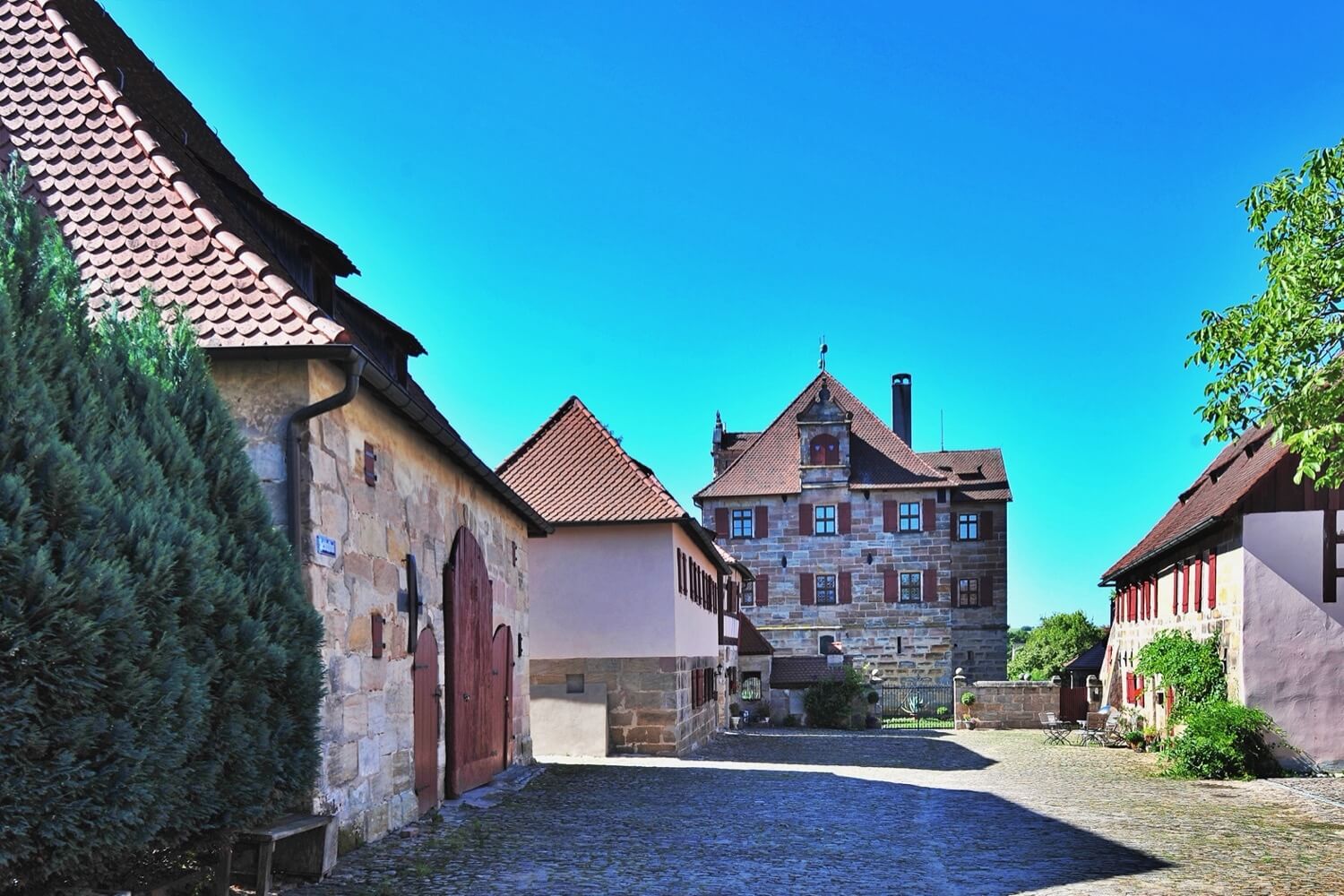
Rotes Schloss (Heroldsberg)
Mittelfranken
10.1km
castle, chateau
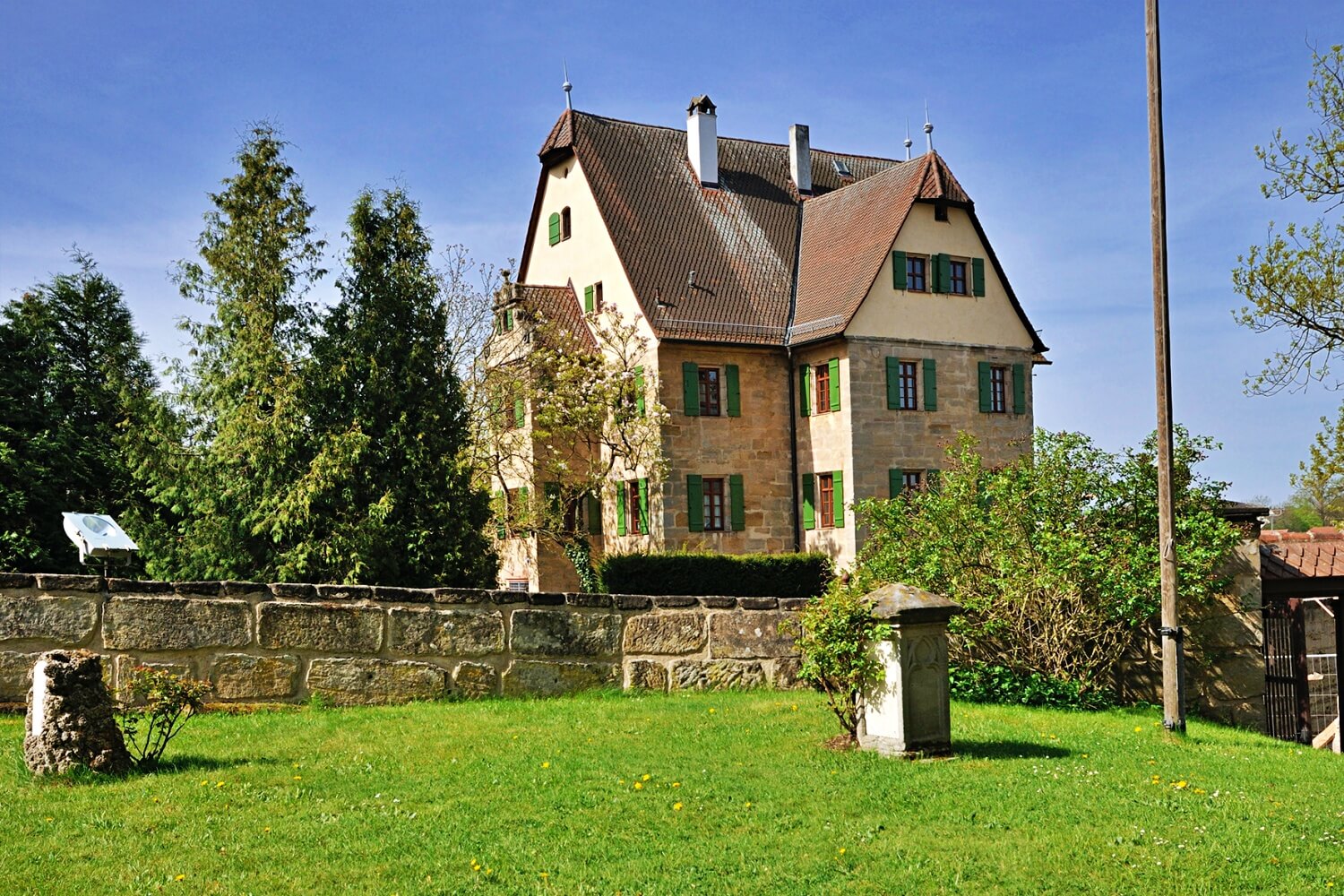
Grunes Schloss (Heroldsberg)
Mittelfranken
10.2km
castle, chateau
